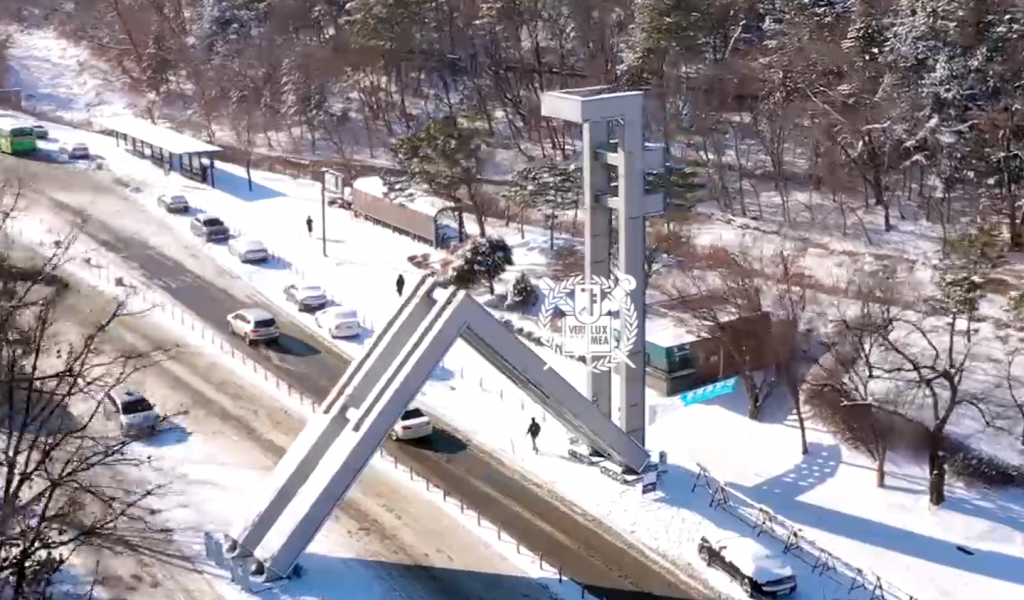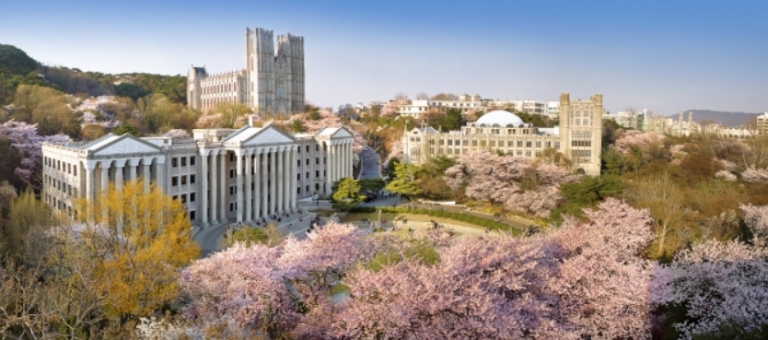Let's talk today about admission to a Korean university or university. Many people are afraid of this question. It seems to be very complicated and confusing. But really, nothing is impossible. You just need to figure out what's what. Let's start in order.
Admission to a Korean university for international students
First of all, I note that Korean students and foreign students enter separately. And the recruitment for local students takes place under completely different conditions and at a different time.
I also note that it is much easier for foreign students to enter a university in Korea than for Koreans themselves.
I will tell you about how the process of admission of local students to the university goes next time. Today we will focus on international students.
To make it clearer, I will make this article in Q&A style. I hope you feel more comfortable this way.
Main questions about admission
How many times can you apply?
Since you can start studying either in spring or autumn, you can apply for admission at least 2 times a year! Or rather even 4!
Most Korean universities enrol 2 times per semester. And in some universities, it happens that they recruit 3 times. This has its pros and cons.
How much does admission cost?
To apply for admission, you need to pay. Yes, the university accepts documents NOT FOR FREE. The price depends on the university. But the average is $100.
How is the submission of documents?
Usually, the online form is filled out first. This is done either on the website of the university itself or on a special portal, such as UWAY. In the same place, you attach all scanned notarized documents and pay the fee for filing documents. Then all documents are sent by mail to the university itself. It is important to fold the documents in the correct order. Usually, the university has a Check List, according to which you add documents.
BUT! During the pandemic, many universities began to accept documents only online. And the originals were asked to be sent by mail only to those who were enrolled.
What documents are needed?
The list of documents depends on the university and the faculty you have chosen. But the standard list is still there.
- Copy of the passport
- Birth certificate
- School certificate for elementary, middle and high school
- Grades for elementary, middle and high school
- Graduation sheet for final exams
- Questionnaire (each university has its own)
- TOPIK certificate
- Certificate of Proficiency in English
- Motivation letter (usually universities have a special form or format)
- Bank statement (a certain amount that is on your account or the account of your sponsors who will pay for your studies and life in Korea)
- Parents' passports
- Letter of recommendation
- Diploma and report card with grades for bachelor's degree ( if you are applying for a master's degree )
If you participated in some olympiads, and competitions, took some courses or worked, then be sure to provide certificates confirming this as an addition to your profile. All universities love active students!
The need for language certificates depends on the university and admission. As well as the required minimum level. So, this point needs to be clarified at the university itself!
Where can you find the results?
The results of the selection are also fashionable to find out online. Usually, the university publishes a link on its website where you can check your results.
It seems that I answered the main questions about entering a Korean university. But if something is not clear or you still have questions, then leave them in the comments! I'll try to answer! 🙂
Below I added a brochure and application form for admission to Seoul National University. Therefore, if you want to know approximately what the application form looks like and what conditions are in Korean universities, download it, and get acquainted 🙂


Comments
Post a Comment